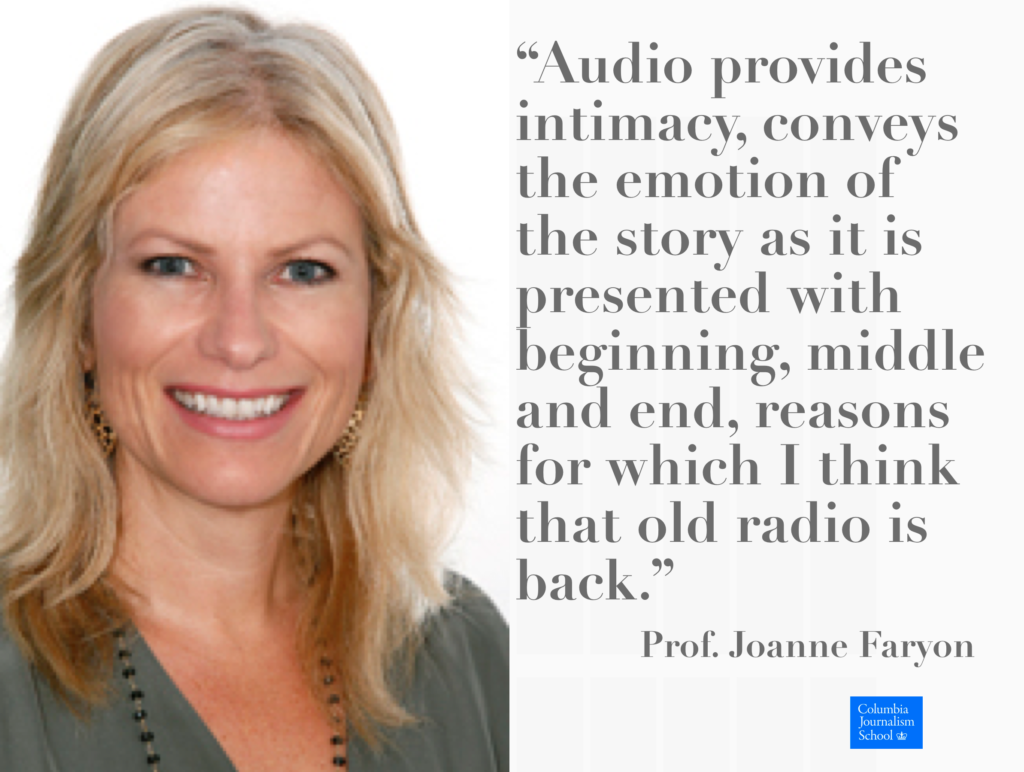
It was a pleasure to welcome my Columbia School of Journalism colleague Joanne Faryon to speak to my class March 30. Joanne is an award-winning journalist and producer specializing in investigative multi-media projects. She has reported in Canada and the U.S. for both regional and national news programs.
Joanne brings a wealth of experience to the classroom, especially in the area of investigative journalism. In her project, Impossible Choice(link is external), she exposed California’s “vent farms” – special nursing home units where thousands of people spend years on life support. In her podcast Room 20, for the Los Angeles Times, she went on a search for the identity of a man who had been kept alive with tubes for nearly 17 years. Who was he, and is it possible he was conscious?
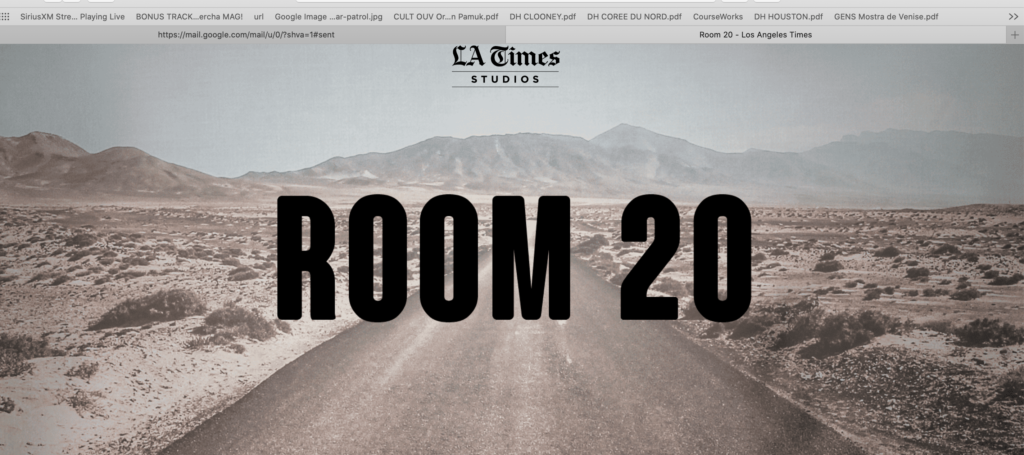
Today, Joanne teaches a course aptly titled Shoe Leather: Multi-Casting Investigative Stories.
It is all about storytelling for Joanne, and she has taken her skills to podcasting, which is what I asked her to talk to my students about.
Takeaways from Joanne about podcasts
Joanne impressed upon the students the importance of “record, record, record” when conducting interviews. “Recording is a good thing,” she said.
She emphasized the importance of “narrative news”, as practiced by the team of The New York Times’ The Daily, and pointed out the major difference between writing for print and for a podcast.
As Rachel Quester from The Daily has pointed out The Daily produces “narrative news,” In traditional journalism we are all trained to write in the inverted pyramid style, pushing the most important part of the story to the top, to be communicated first. In narrative news and podcasts, there is no inverted pyramid. Instead, there is a beginning, a middle and an end. So, totally the opposite of how we write for a newspaper.
She mentioned that in a podcast, the reporter takes the audience through the story, starting at the beginning, and reminded the students that the reach via podcasts is “amazing,” citing an example in which the print version (English and Spanish translation) of the story got more than 100,000 page views, the podcast in the first week got nearly a million downloads nearly four million after eight weeks.
The students asked Joanne what she thought audio could do best:
“Audio provides intimacy, conveys the emotion of the story as it is presented with beginning, middle and end, reasons for which I think that old radio is back.”
Audio vs. video
Joanne mentioned that video requires a bigger investment of time to produce, and said that video can be useless without good audio.
“Video is great for action, but you can up your game by taking audio from the video.”
On the front page….headlines we don’t want to read
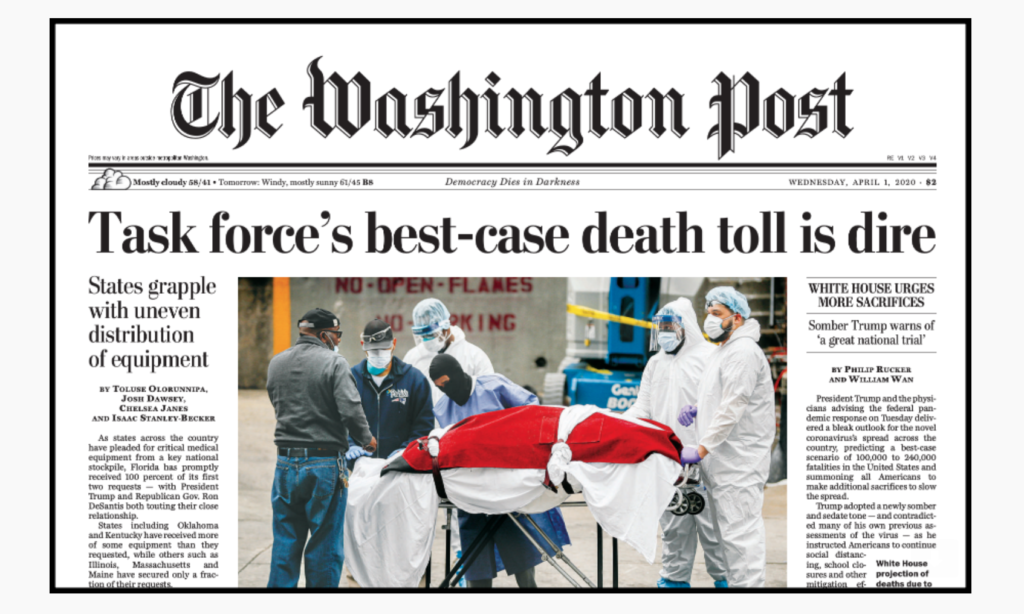
Let The Story guide your mobile first strategy!
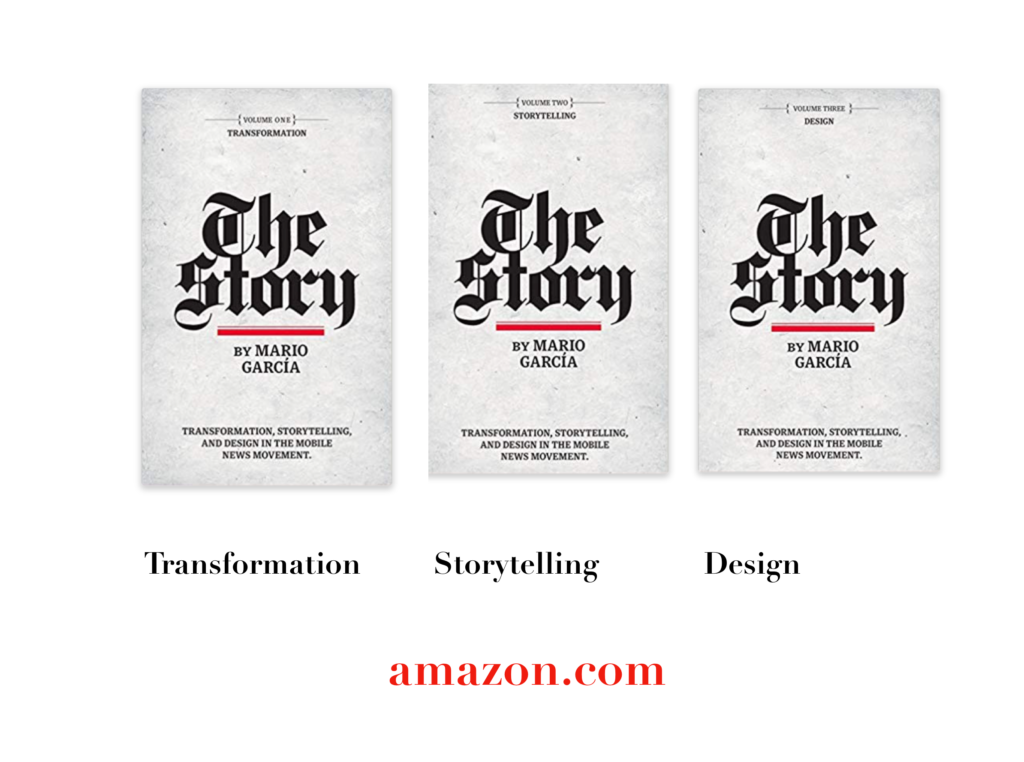
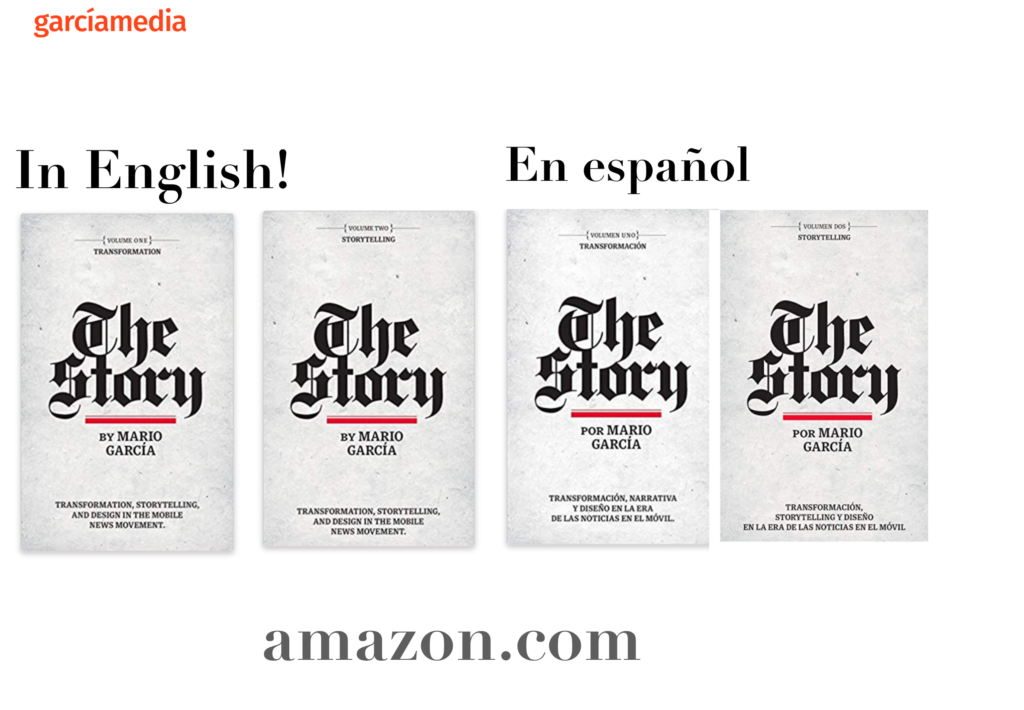
The full trilogy of The Story now available–3 books to guide you through a mobile first strategy. Whether you’re a reporter, editor, designer, publisher, corporate communicator, The Story is for you! https://amazon
TheMarioBlog post # 3238